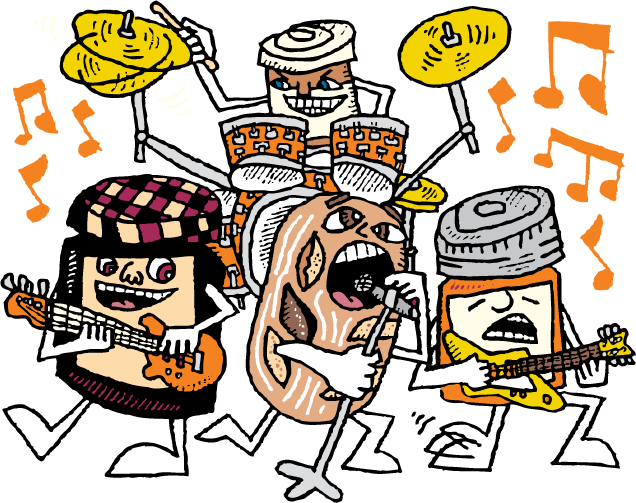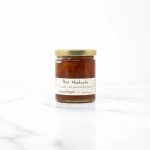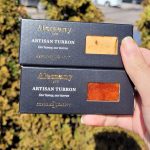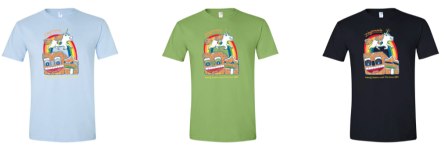Marmalade Miscellany

Over the last few days, I’ve been reading The Book of Marmalade by C. Anne Wilson. It’s a good read: comprehensive, engaging, witty. Here are a few of the best things I’ve learned:
- In the early 17th century, marmalade was associated with the sweet side of love, used in descriptions like “a soft marmalade heart” or “my lady’s… marmalade lips.” A hundred years later, it seems marmalade’s reputation had soured: a “marmalade madam” was a lady of easy virtue. During the same time period, marmalade went from being typically made with sweet quinces (“marmalade” comes from marmelo, Portuguese for quince, and the sweet marmelada preserves they made with it) to often being made with bitter Seville oranges. Coincidence?
- According to a book published in 1857, many of the marmalades that purported to be made with Seville oranges at that time had actually been supplemented with other fruits. In the best cases, less flavorful sweet oranges were added to the mix; other common fillers included apples, carrots, turnips, and rutabagas.
- The English first ate their marmalade at the end of dinner, as a dessert or digestive. It was the Scots who made marmalade a breakfast food. In the 18th century, tea and toast with marmalade became the standard breakfast in Scotland, replacing the former standard breakfast of “a dram of whisky, [followed] with ale with toast swimming in it.” Unsurprisingly, not everyone was happy about the change. Two hundred years later, several Scottish companies began producing marmalade with whisky; ironically, the innovation occurred just as Scottish breakfast habits were moving away from toast and marmalade to cold cereals. There must still be some demand, though – this company has been making whisky marmalade for 60 years now.




Zingerman’s Art for Sale